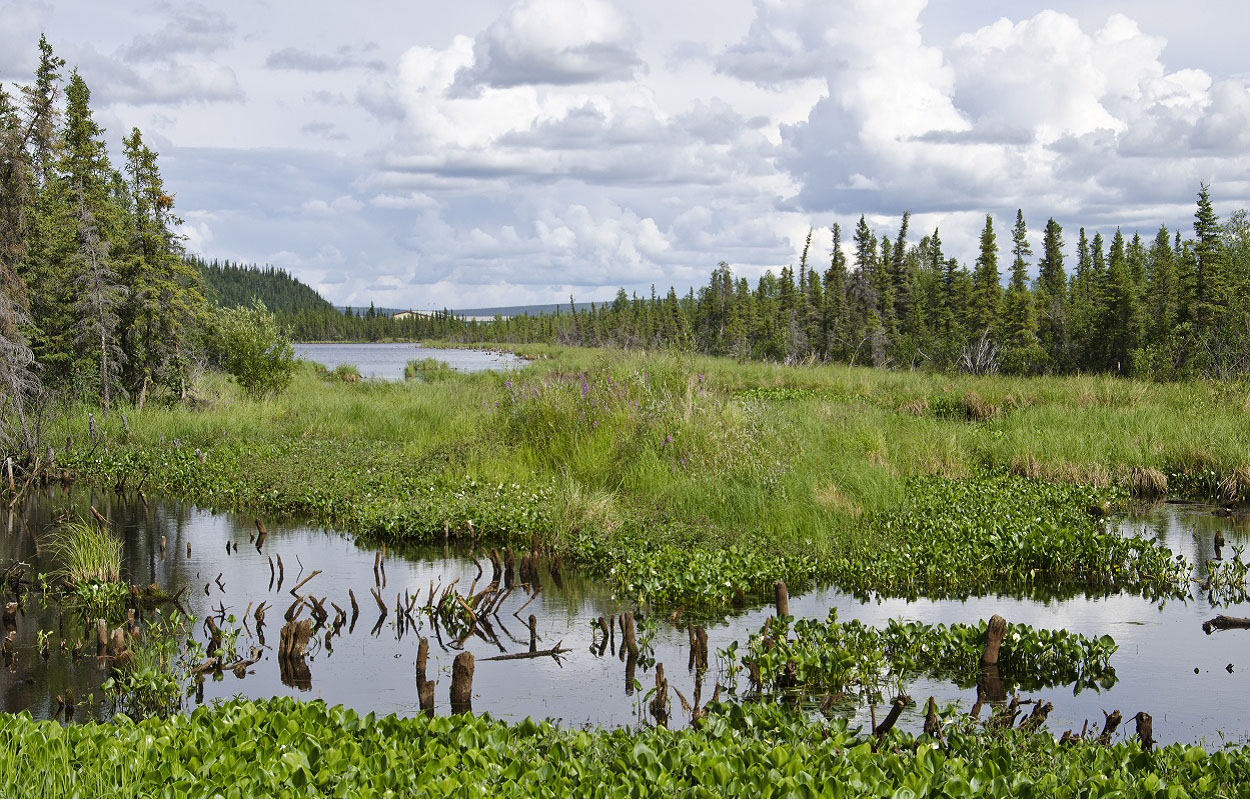This engagement is now closed.
It ran from 2021-10-04 to 2021-12-03.
Check below for where to find results.
Results are published here in a What We Heard report.
We hope to have a final Yukon wetland stewardship policy in 2022.
There is currently no framework in place to guide the management of activities in wetlands across Yukon. This has created uncertainty for land managers, industry, and project assessors when dealing with development in wetlands.
As part of the implementation of the Yukon Water Strategy, the Government of Yukon has developed a policy for managing Yukon wetlands, including support for wetland inventory and monitoring, in partnership with other governments, stakeholders and the public.
The Government of Yukon invited more than 50 governments and organizations to work with us to develop this policy, including:
- First Nations and transboundary Indigenous groups,
- municipal and federal governments;
- boards and councils;
- non-governmental organizations; and
- industry associations.
We used an inclusive, roundtable approach where people could hear others’ perspectives and we could work collaboratively to build this draft policy. Three themes emerged from this stage of engagement.
We now want your feedback on the draft policy.
How we got here
Before we started the policy development process, we reached out to partners to hear:
- What is working well and what is challenging with regard to wetlands;
- Hopes for a wetland policy; and
- Hopes for the collaborative policy process.
Roundtable 1
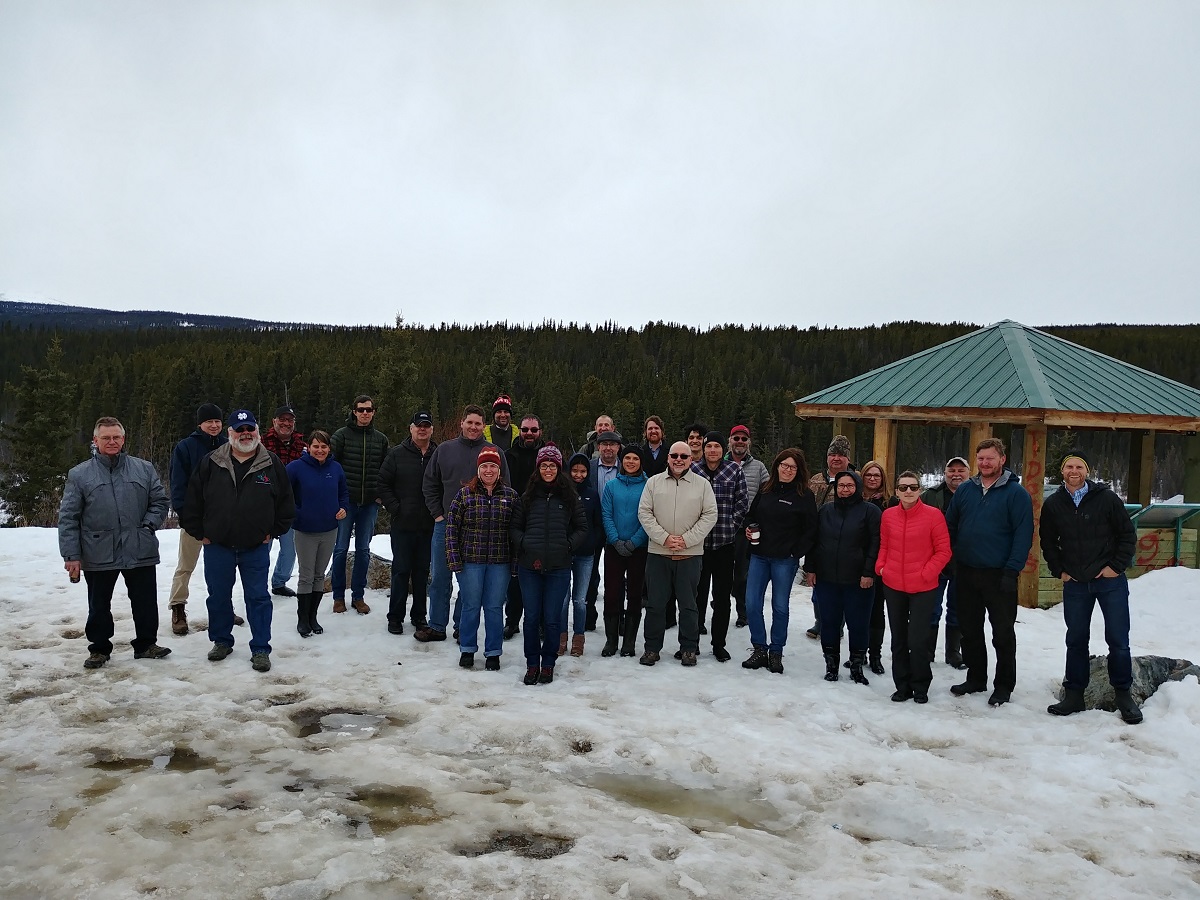
At the 1st roundtable meeting, we shared our hopes for the wetland policy while we visited a viewpoint over the MacIntyre wetlands.
The 1st roundtable meeting focused on:
- reaching a common understanding of the policy development process;
- building a foundation of knowledge about wetlands; and
- determining the scope of policy.
Roundtable 2
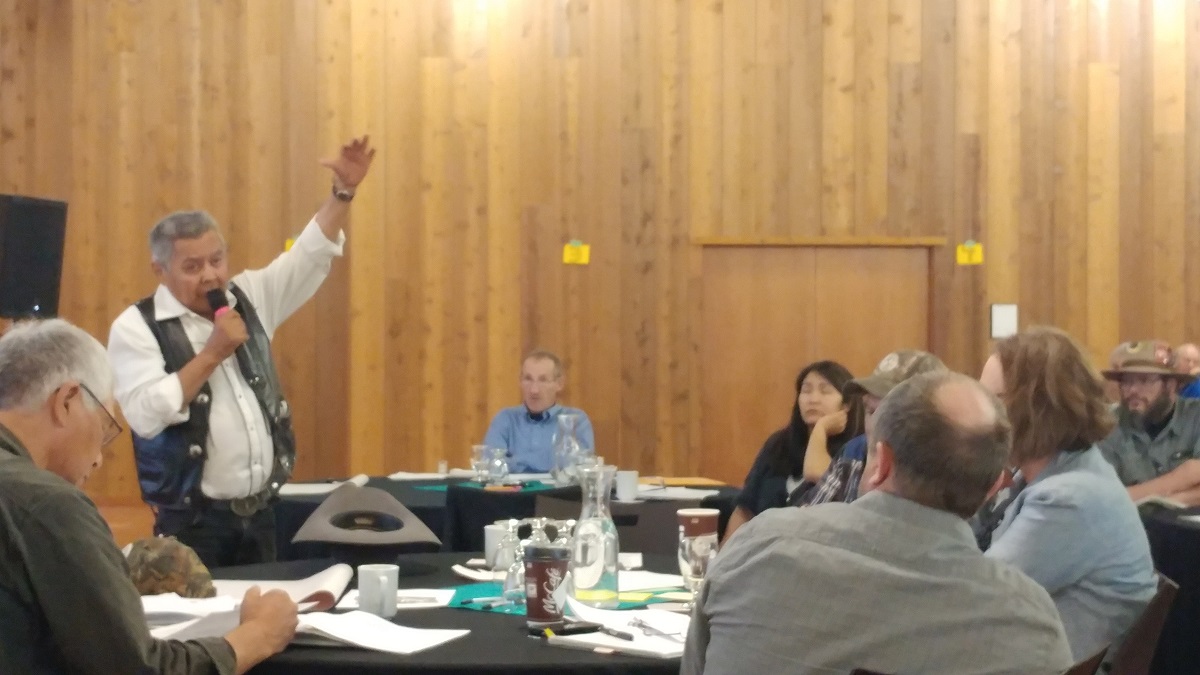
We based the 2nd roundtable on requests made by partners at or following the 1st roundtable.
At the meeting, the partners expressed that the policy will need to:
- provide a vision for the future and for clear management;
- consider matters such as climate change; and
- include diverse knowledge from scientific, traditional and local sources.
The roundtable provided direction for a group of volunteers from the roundtable (called the drafting group) to draft a policy outline.
Roundtable 3
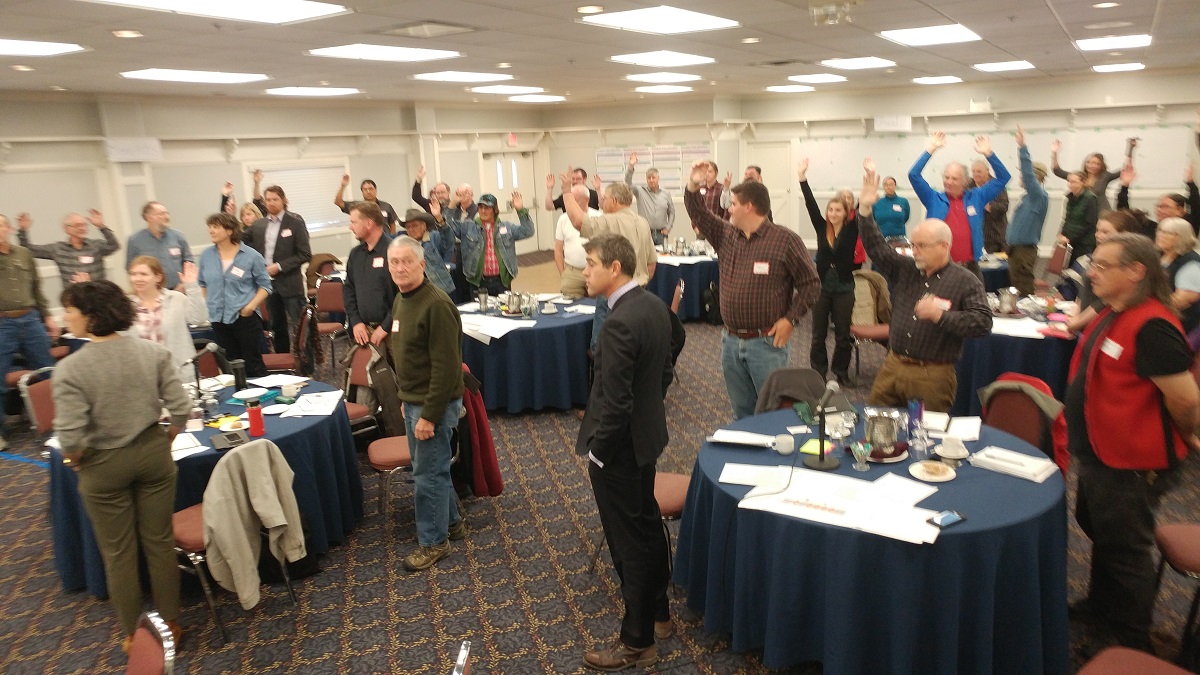
The focus of this meeting was to discuss policy goals and potential policy options stemming from those goals.
The roundtable reviewed the background and context sections of the policy and gave direction for the voluntary drafting group to draft a policy statement based on the roundtable discussions with themes of:
- recognizing the value of wetlands;
- providing increased clarity on conservation and development goals;
- recognizing and aligning with First Nations rights;
- providing for increased information and knowledge; and
- providing direction for effective implementation.
Roundtable 4
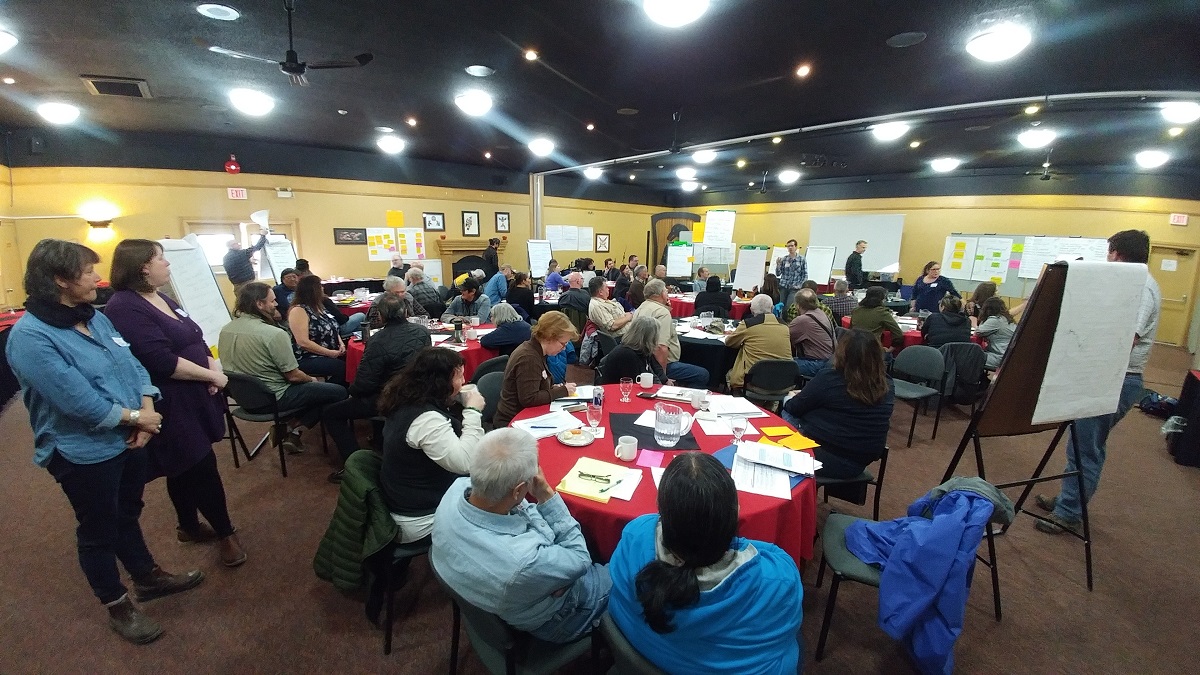
Members of the volunteer drafting group gave an overview of their work on the draft policy sections and the policy’s key elements.
The key elements include:
- the draft policy goal;
- guiding principles; and
- policy objectives.
Partners discussed the key elements in depth throughout the roundtable.
Roundtable 4 to now
Since the last roundtable met in 2019, the Government of Yukon has been considering how to align the policy with other similar initiatives such as wetland plans by the Yukon Water Board and adapt to the realities of the COVID-19 pandemic.
The difficulty of continuing to make steady progress on the policy during the pandemic meant we had to adjust our approach. Instead of meeting with all our partners in a large roundtable format like we were before, we developed and sent a revised draft of the policy to partners for their review and input.
We’re grateful for the time and effort that our partners have put into the draft policy so far. The work of the roundtables continues to form the backbone of the draft policy we are working on.
Your feedback will help build a strong, consistent and united approach to wetland management that is responsive to the values and concerns of Yukoners.
Share your thoughts on the engagement process by sending an email to tyler.kuhn@yukon.ca or amy.law@yukon.ca.
More information about Yukon wetlands is available in the State of Environment Report.
Wetlands are areas that have water at, or near, the ground surface during some or all of the year. We can consider these areas wetlands if the water is there long enough for:
- poorly drained soils to form; and
- water-loving plants to become the dominant type of plant in the area.
Some wetlands have water at or near the surface year-round. In many other wetlands, you may not be able to see for much of the year. Wetlands can be very different from each other. How they look and the plants you find in them can change from year to year, and even throughout the year.
There are 5 types, or classes, of wetland:
- bogs;
- fens;
- marshes;
- swamps; and
- shallow open water.
Wetlands have ecological, social, cultural and recreational benefits. Also, activities that are important for the economy take place in and around wetlands.
Wetlands can be essential for:
- maintaining water flows;
- protection from floods;
- purifying water;
- recharging and discharging groundwater; and
- providing habitat for fish and wildlife.
Some wetlands support:
- traditional subsistence and cultural activities;
- harvesting; and
- recreation.
